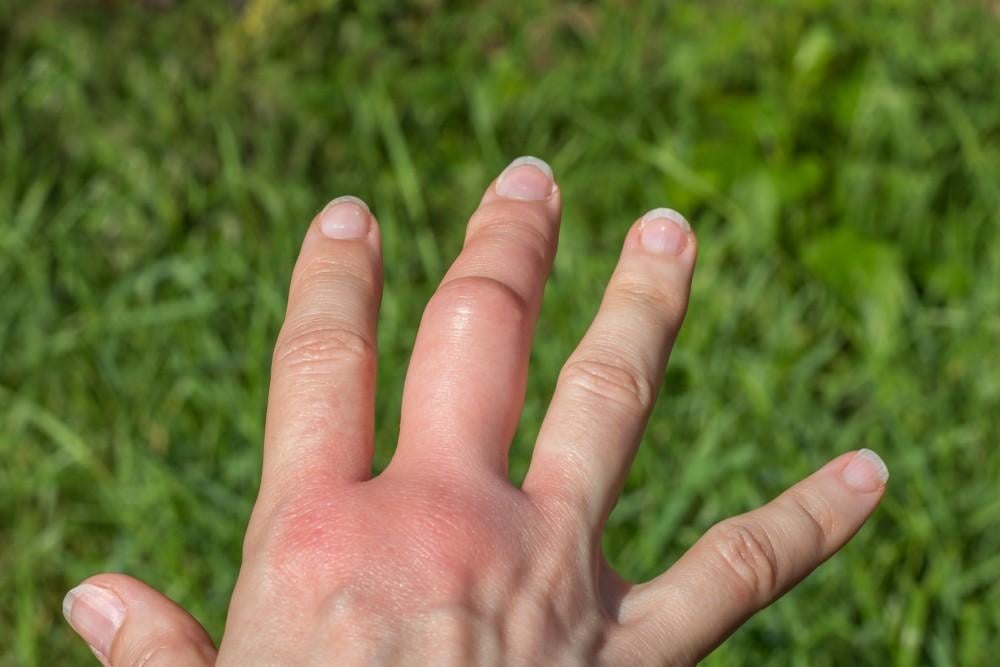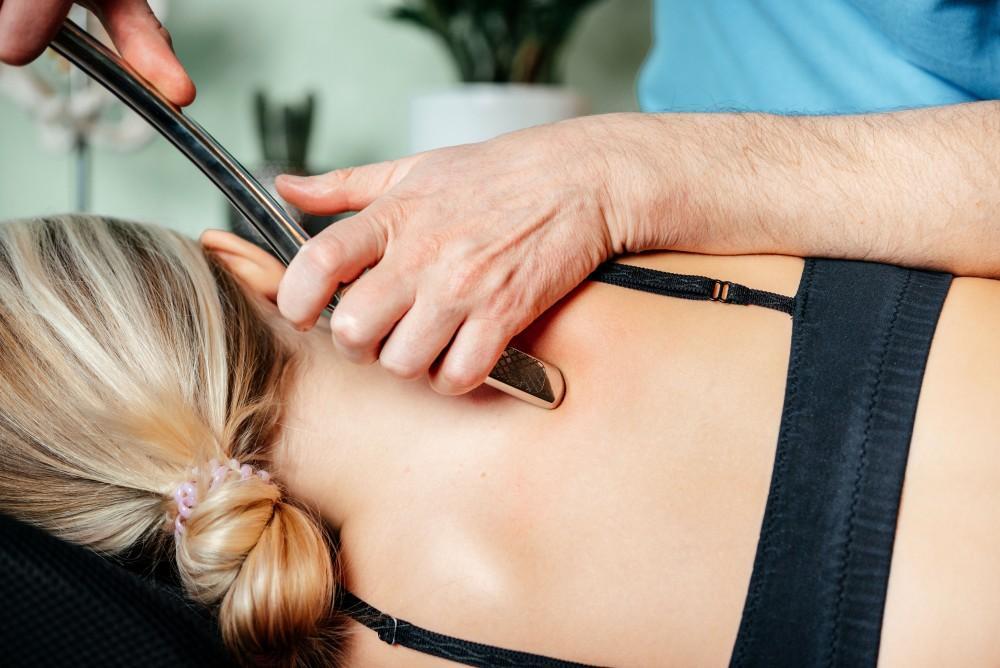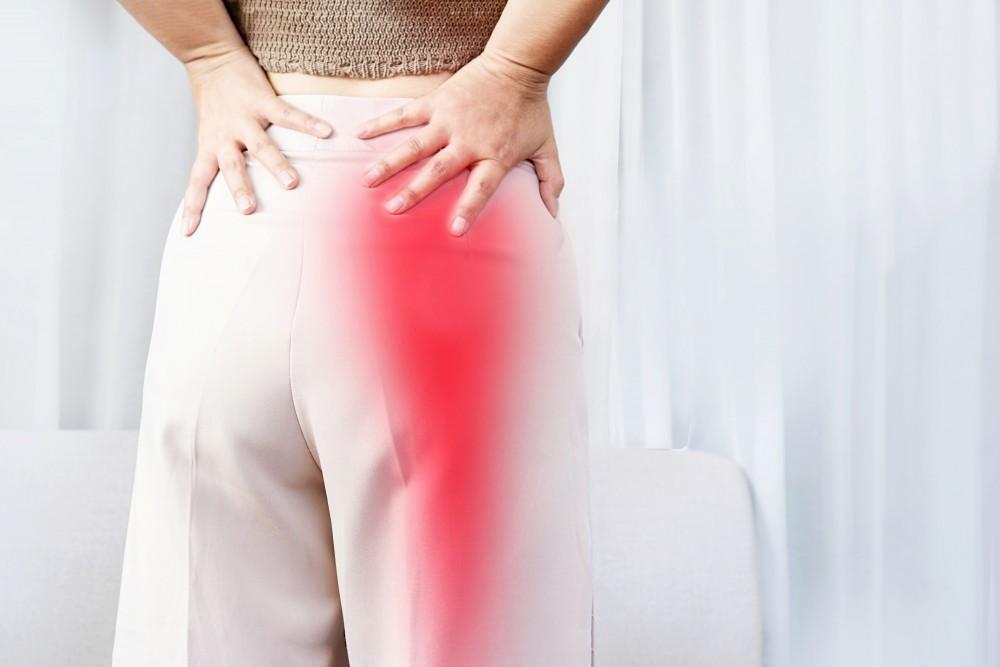It’s time to take a knee and talk about the pain you’re experiencing.
Repetitive pressure on your knees can cause wear and tear, resulting in a number of possible knee injuries. Frequent knee pain affects about 25% of adults, which can limit mobility, functionality, and quality of life.
Instead of letting your knee pain impact your life and happiness, it’s time to discover knee pain relief.
Keep reading to discover different knee conditions, how to relieve knee pain, and prevention tips. With this guide, you can make a change and get back to your life, pain-free!
Types of Knee Pain
There are a few common conditions and types of knee pain people often experience.
Runner’s Knee
Runner’s knee refers to a number of different conditions related to kneecap pain, including:
- Iliotibial band syndrome
- Chondromalacia patella
- Patellofemoral malalignment
- Anterior knee pain syndrome
- Quadriceps Tendinitis
- Patella Tendinitis
Any activity that causes repetitive stress on the knee can cause this condition, including:
- Walking
- Skiing
- Biking
- Jumping
- Cycling
- Playing soccer
You’ll likely experience an aching pain behind the kneecap. Other symptoms include a grinding around your knee.
IT Band Syndrome
Also known as iliotibial band syndrome, IT band syndrome is a lateral knee injury. Overusing your knees, including extension and flexion, often causes this injury. You might also experience hip pain as the IT band tightens, becomes irritated or inflamed.
Athletes who use their knees commonly often develop IT band syndrome, including:
- Runners
- Cyclists
- Hikers
- Basketball players
- Soccer players
- Weight lifters
You might develop this condition if you’re not warming up or cooling down before/after exercise. Straining your body and wearing improper shoes can also cause IT band syndrome.
Meniscus Tear
A sudden turn, deep squat, or heavy lifting can cause you to tear the meniscus, which is a piece of cartilage between the femur and tibia. Athletes are most at risk, including people who play:
- Tennis
- Soccer
- Basketball
- Football
Patients with osteoarthritis are at higher risk.
Symptoms include:
- A popping sound around the knee joint
- Limited range of motion
- Swelling
- Pain
- The feeling your leg knee is locking
Call a doctor if your knee locks and you’re unable to strengthen your leg.
ACL/MCL/LCL/PCL Sprain
ACL, MCL, LCL, and PCL sprains are all types of knee ligament injuries:
- Anterior cruciate ligament (the most common knee ligament injury)
- Posterior cruciate ligament
- Lateral collateral ligament
- Medial collateral ligament
Symptoms will include sudden and severe pain, swelling, and an inability to put weight on the joint without experiencing pain.
Osteoarthritis
Osteoarthritis is the most common cause of knee pain in people 50 years or older. In fact, about one in four adults with arthritis, which accounts for 15 million people, report severe joint pain as a result of their arthritis.
This condition is caused by joint damage, which can occur over time. Other causes include past injuries, such as torn cartilage or dislocated joints.
Symptoms include inflammation, pain, tenderness, and stiffness.
How to Relieve Knee Pain: Treatments
When discussing how to relieve knee pain with your doctor, they’ll likely choose the knee pain treatment that best reflects your condition.
If your doctor thinks an inflammation or infection is the problem, they’ll start with a blood test. Some doctors may suggest an arthrocentesis procedure. During this procedure, the doctor will take a small amount of fluid from your knee joint for testing.
For underlying conditions, such as gout or rheumatoid arthritis, your doctor will likely prescribe medications for knee pain relief.
Physical therapies and exercise can also work for knee pain treatment.
For example, physical therapy and exercises can strengthen the muscles around the knee. Physically active patients, on the other hand, will require specific exercises to correct movement patterns that are causing knee pain.
Your doctor might suggest injection medications for knee pain treatment, such as:
- Corticosteroids
- Hyaluronic acid
- Platelet-rich plasma (PRP)
Intense knee injuries may require surgery. Possible surgeries that can help if you’re looking for how to relieve knee pain include:
- Arthroscopic surgery
- Partial knee replacement surgery
- Total knee replacement
Ask your doctor about the best treatment for your knee condition.
RICE Method
For an at-home treatment, try the RICE method. RICE stands for rest, ice, compression, elevation.
First, take a break from activities that cause a strain on your knees. Then, ice the area to reduce inflammation and pain. Don’t use the ice for longer than 20-minute intervals.
Then, compress the area to prevent fluid buildup. Compression will help you stabilize the knee while keeping it aligned.
Finally, elevate your leg on a pillow to reduce swelling.
Prevention
It’s also important to learn how to relieve knee pain before your pain escalates.
To prevent your knee pain from getting worse, make sure not to rest too much. Remaining sedentary can weaken your muscles and make the pain worse. Instead, find an exercise program, talk with your doctor, or visit a physical therapist.
Cardio exercise will strengthen your knee muscles and increase your flexibility. Other exercises for knee pain prevention include:
- Weight training
- Stretching
- Swimming
- Walking
- Water aerobics
- Stationary cycling
- Elliptical machines
- Tai chi
Falling can also increase your knee pain, so don’t risk it. Instead, make sure your home is well lit and use stools or ladders when reaching for high shelves. You should also use a handrail when climbing staircases to prevent a fall.
Heavy body weight can put more stress on your knee. To prevent knee pain, maintain a healthy diet and work on losing weight. Even a small weight difference can relieve the pressure on your knees.
The shoes you wear can add to your knee pain as well.
Find shoes with cushioned insoles to reduce stress on your knees. Using a walking aid or wearing a knee brace can also help keep your knee stable.
Let’s Take a Knee: You Guide on How to Relieve Knee Pain
Don’t let your knee pain slow you down. With this guide on how to relieve knee pain, you can treat your condition and ease the pain away. Then, you can run toward a life of health and happiness without knee pain slowing you down!
Set an appointment with us today to discuss getting you on the road to knee pain relief.




